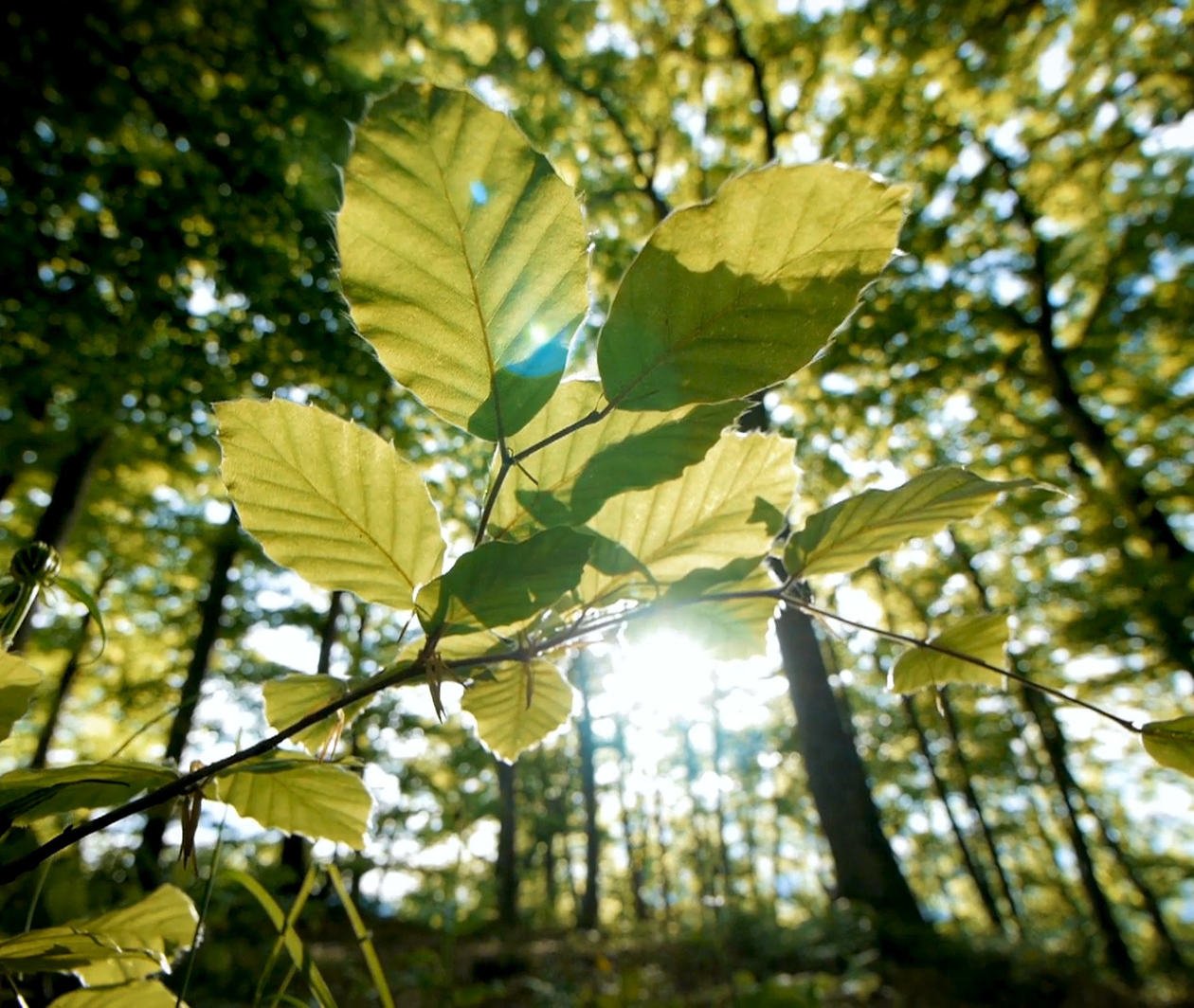
Duration
4 weeksWeekly study
3 hours
How to Survive on Earth: Energy Materials for a Sustainable Future
Other courses you might like
This course isn't running right now. We can email you when it starts again, or check out these other courses you might like.
Browse more in Nature & Environment and Science, Engineering & Maths
Discover the new materials that could help humans survive on Earth in future
Energy consumption is one of the biggest challenges of the 21st century. How will billions of humans survive on Earth in the future?
The demand for energy will soon exhaust traditional resources such as oil, gas and coal. Developing cost effective ways of using renewable sources such as solar energy is important for future generations.
On this course, you’ll explore the vital role that new materials play in ensuring life on Earth is sustainable. You’ll learn about inexpensive energy generation and storage and gain a greater understanding of the energy crisis the world is facing.
Learning on this course
On every step of the course you can meet other learners, share your ideas and join in with active discussions in the comments.
What will you achieve?
By the end of the course, you‘ll be able to...
- An understanding of the world's energy problems
- Requirements for new energy generation and storage
- Our energy requirements
- The use of new energy materials
- An understanding of non-metallic conductors for use in energy generation and storage
- The difference between 2D and 3D materials in the context of supercharged materials
- Thermoelectricity and how it might help solve the energy crisis
- Battery versus Fuel Cells
- An energy efficient street
- An understanding of Photosynthesis and how we can mimic the process to power the planet
Who is the course for?
This course is for anyone interested in sustainability and the future of human life on Earth.
Who will you learn with?
As a father of five, I have been driven to do energy materials research that will make the world a better place for them and their children.
I am a keen mountain bike rider. As a chemical engineer by education and a laser spectroscopist by training, I spend most of my time interrogating solar cell materials with short laser pulses.
When I'm not being a coffee snob (i grew up in Melbourne), I look at ways to make sunlight do useful things for humanity.
Learning on FutureLearn
Your learning, your rules
- Courses are split into weeks, activities, and steps to help you keep track of your learning
- Learn through a mix of bite-sized videos, long- and short-form articles, audio, and practical activities
- Stay motivated by using the Progress page to keep track of your step completion and assessment scores
Join a global classroom
- Experience the power of social learning, and get inspired by an international network of learners
- Share ideas with your peers and course educators on every step of the course
- Join the conversation by reading, @ing, liking, bookmarking, and replying to comments from others
Map your progress
- As you work through the course, use notifications and the Progress page to guide your learning
- Whenever you’re ready, mark each step as complete, you’re in control
- Complete 90% of course steps and all of the assessments to earn your certificate
Want to know more about learning on FutureLearn? Using FutureLearn
Get a taste of this course
Find out what this course is like by previewing some of the course steps before you join:
Do you know someone who'd love this course? Tell them about it...
You can use the hashtag #FLEnergyMaterials to talk about this course on social media.
